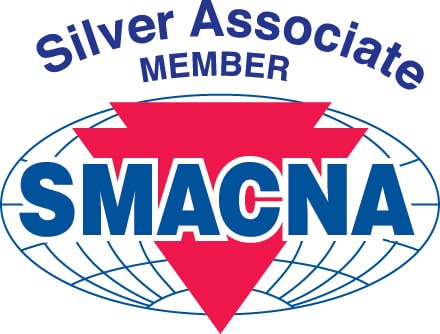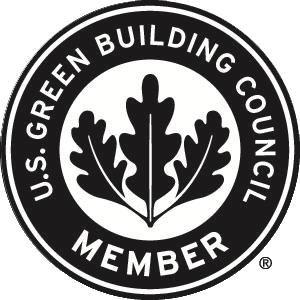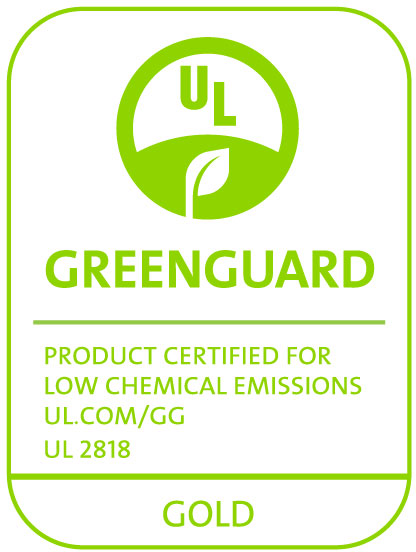With frigid arctic winter blasts on the increase in the United States, property damage caused by frozen pipes runs into the hundreds of millions of dollars. Property owners and property…
Learn MoreSilicone-Free
January 1, 2023
Certain high-tech projects specify “silicone-free” products. The overarching concern to high-tech facility owners is that some silicones are known to particulate and contaminate critical manufacturing processes. Aeroflex USA’s AEROFLEX® brand…
Learn MoreRubber Versus Foam Pipe Insulation: Which is better?
November 18, 2022
There are many types of commercial and industrial mechanical pipe insulation types to choose from. Each type offers advantages and disadvantages depending on the application. Determining owner project and performance…
Learn MoreInsulation That Prevents Moisture and Mold on Pipes and Ducts
November 11, 2022
Molds belong to the fungi kingdom, and unlike plants, they lack chlorophyll and must survive by digesting plants and other organic materials. Molds generate tiny spores to reproduce, and these…
Learn MoreIs Closed Cell Foam Insulation Waterproof?
November 4, 2022
Closed cell foam insulation is known for its resistance to moisture, however is it waterproof? This post will explain the performance benefits of closed-cell insulation, specifically flexible elastomeric closed cell…
Learn MoreCementitious Termination Points
November 1, 2022
Pipe insulation runs, both horizonal and vertical, often terminate into cementitious substrates such as masonry block walls and concrete floors. While this technical bulletin addresses proper adhesion and sealing of…
Learn MoreOpen Cell vs Closed Cell Foam Insulation
October 21, 2022
When making insulation material selections for building mechanical systems, such as HVAC, refrigeration, and plumbing, it is common to become quickly overwhelmed when researching the available options. This post will…
Learn MoreWELL Building Standard™
September 1, 2022
The International WELL Building Institute (IWBI) established the WELL Building Standard™ in 2014. WELL’s overall intent is to deliver a vehicle for building owners to enhance the health and well-being…
Learn MoreFiber Free Insulation
July 1, 2022
A common owner project requirement (OPR) for mechanical insulation installed in the air stream, production, and/or occupant spaces is that it be free of fibers (natural or man-made synthetic). This…
Learn MorePerformance Benefits of Closed Cell Elastomeric Foam Insulation
January 21, 2022
Closed cell elastomeric insulation has been commercially available in the United States since the 1950s. It is also commonly known as: Closed cell elastomeric thermal insulation Closed cell elastomeric rubber…
Learn More










